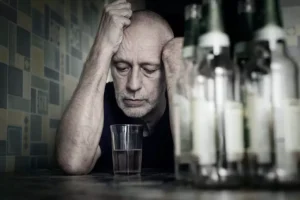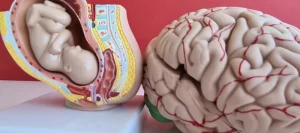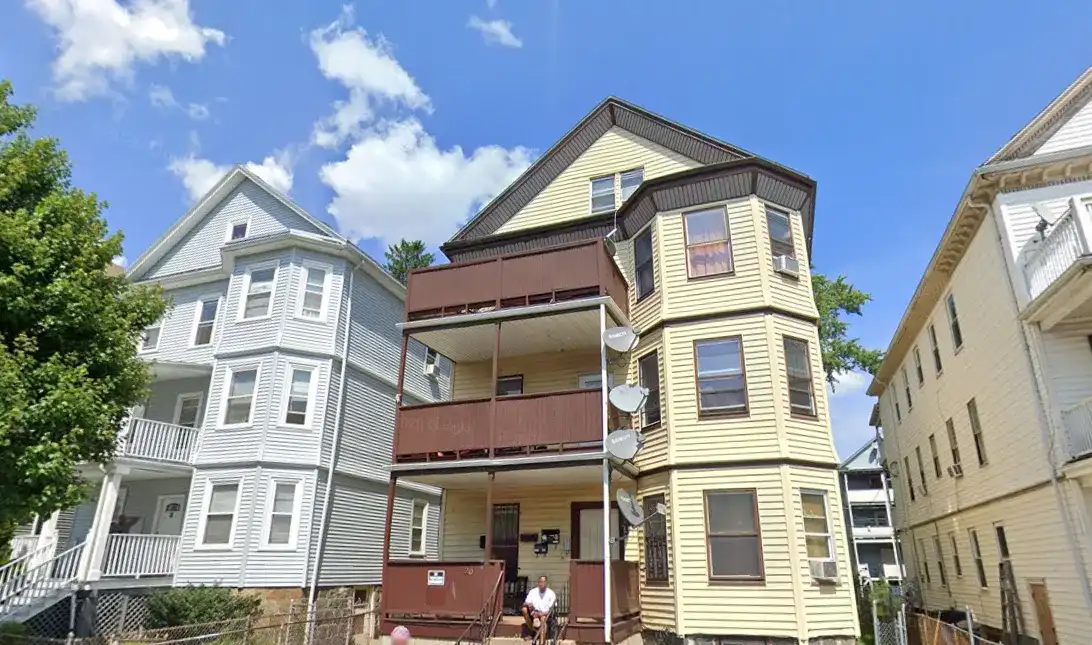
For example, other cross-tolerant medications, such as barbiturates, would be expected to relieve withdrawal symptoms and prevent withdrawal seizures and DT’s. In fact, a few studies have demonstrated that long-acting barbiturates can ease withdrawal symptoms. However, controlled studies have not provided sufficient data to demonstrate that these agents can prevent seizures or DT’s. Furthermore, barbiturates have a narrow therapeutic index—that is, the difference between the minimum dose required for a therapeutic effect and the dose at which the agents become toxic is small. Administration period and median amount of the benzodiazepine chlordiazepoxide administered over the course of alcohol withdrawal to patients undergoing a symptom-triggered or fixed-schedule dosing regimen. DT’s, which last up to 3 or 4 days, are characterized by disorientation and are usually accompanied by autonomic signs resulting from the activation of the nerves responsible for the body’s response to stress).

How Much Do I Have to Drink to Experience Withdrawal?
If you have severe vomiting, seizures or delirium tremens, the safest place for you to be treated is in a hospital. For delirium tremens, treatment in an intensive care unit (ICU) is often required. In an ICU, your heart rate, blood pressure, https://ecosoberhouse.com/ and breathing can be monitored closely in case emergency life-support (such as artificial breathing by a machine) is needed. If you begin experiencing severe symptoms of AWS, it’s important to seek immediate medical attention.
- The clinical presentation consists of a spectrum of signs and symptoms, including autonomic hyperactivity, tremulousness, restlessness, seizures, and potentially life-threatening alcohol withdrawal delirium.
- Also known as DTs, an estimated 2% of people with alcohol use disorder and less than 1% of the general population experience them.
- If you’re prescribed a medication from this class of drugs talk with your doctor about the risks before taking them and always follow the doctor’s instructions.
- Despite this current understanding of the mechanisms underlying AW syndrome, some controversies still exist regarding the risk, complications, and clinical management of withdrawal.
- Mild symptoms may appear similar to a hangover, but they last longer than 24 hours.
- Tap into your social network to help support you through alcohol withdrawal.
Preventing alcohol withdrawal
Most residential treatment programs include individual and group therapy, support groups, educational lectures, family involvement, and activity therapy. Treatment may involve a brief intervention, individual or group counseling, an outpatient program, or a residential inpatient stay. Working to stop alcohol use to improve quality of life is the main treatment goal. After withdrawal is complete, it is essential that you not begin drinking again. Alcohol treatment programs are important because they improve your chances of successfully staying off of alcohol.
Find more top doctors on

Despite this current understanding of the mechanisms underlying AW syndrome, some controversies still exist regarding the risk, complications, and clinical management of withdrawal. These controversies likely arise from the varied clinical manifestations of the syndrome in alcoholic patients and from the diverse settings in which these patients are encountered. For example, some alcoholic patients who cut down or stop drinking may experience no withdrawal symptoms, whereas others experience severe manifestations.
Alcohol Withdrawal Syndrome: Symptoms, Causes, Treatment, and More

In delirium tremens, the brain is not able to smoothly readjust its chemistry after alcohol is stopped. This creates a state of temporary confusion and leads to dangerous changes in the way your brain regulates your circulation and breathing. The body’s vital signs such as your heart rate or blood pressure can change dramatically or unpredictably, creating a risk of heart attack, stroke or death. Genetic, psychological, social and environmental factors can impact how drinking alcohol affects your body and behavior. Theories suggest that for certain people drinking has a different and stronger impact that can lead to alcohol use disorder. In some cases, symptoms may progress to severe withdrawal with seizures and delirium tremens.

Similarly, carbamazepine and the barbiturate phenobarbital probably can prevent AW seizures, although insufficient data exist in humans to confirm this hypothesis. In contrast, phenyotin, an anticonvulsant medication used for treating seizures caused by epilepsy and other disorders, is ineffective for treating AW seizures. Because a diagnosis of AW-related seizures may require further evaluation, however, the agent is sometimes administered until other causes of seizures have been ruled out. A healthcare provider may request daily visits during which they will likely run blood tests and monitor vital signs until symptoms stabilize.
- AW seizures also can occur within 1 or 2 days of decreased alcohol intake, even in the absence of other withdrawal signs and symptoms.
- Accordingly, the combinatory intake of clomethiazole and ethanol should be avoided due to its possible life‐threatening effects.
- Therefore, the importance of direct and indirect alcohol markers to evaluate consumption in the acute clinical setting is increasingly recognized.
- This depends on the individual and the results of laboratory tests that their doctor may order.
- You should report your drinking history straightforwardly to your doctor so you can be treated safely for withdrawal symptoms.
- Consequently, the clinician’s initial assessment also serves to exclude other conditions with symptoms similar to those of AW.
- Symptoms outside of the anticipated withdrawal period or resumption of alcohol use also warrants referral to an addiction specialist or inpatient treatment program.
Still, some symptoms — often more severe — can set in after 2 to 3 days. This article discusses alcohol withdrawal, its symptoms, and potential complications. It also provides an overview of the alcohol withdrawal timeline process and when to discuss your drinking with your healthcare provider.
- Other ways to get help include talking with a mental health professional or seeking help from a support group such as Alcoholics Anonymous or a similar type of self-help group.
- Individuals should be prepared to be uncomfortable during this period and have medical help available if needed.
- These manifestations result from alcohol-induced imbalances in the brain chemistry that cause excessive neuronal activity if the alcohol is withheld.
- This is of particular concern when you’re taking certain medications that also depress the brain’s function.
- As you embark on this journey, it’s important to take care and not shame yourself for addiction.
Symptoms of Alcohol Withdrawal

